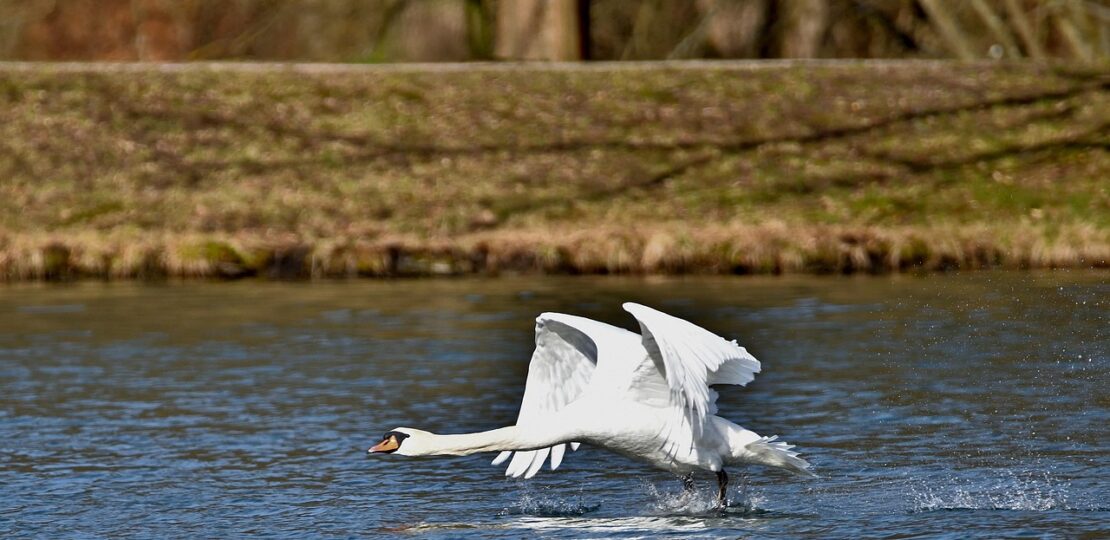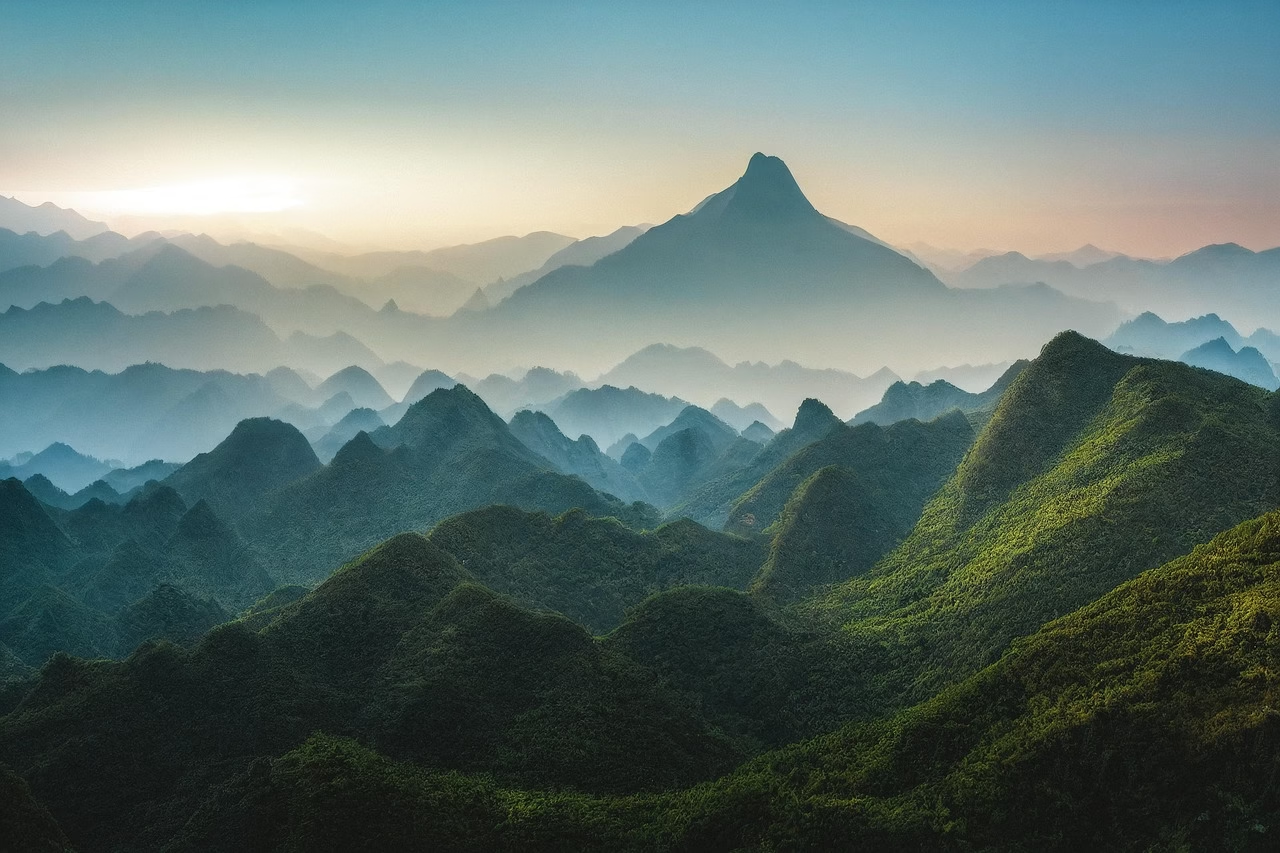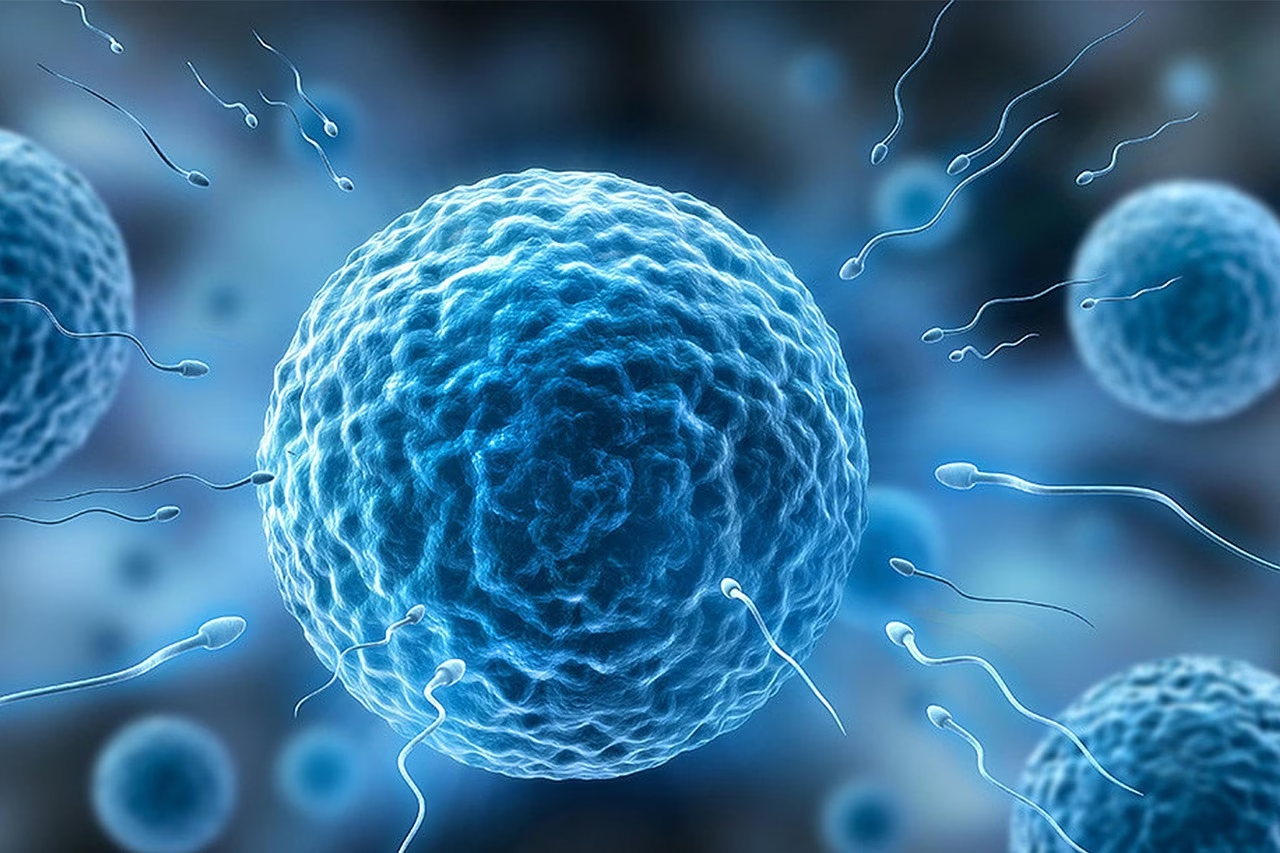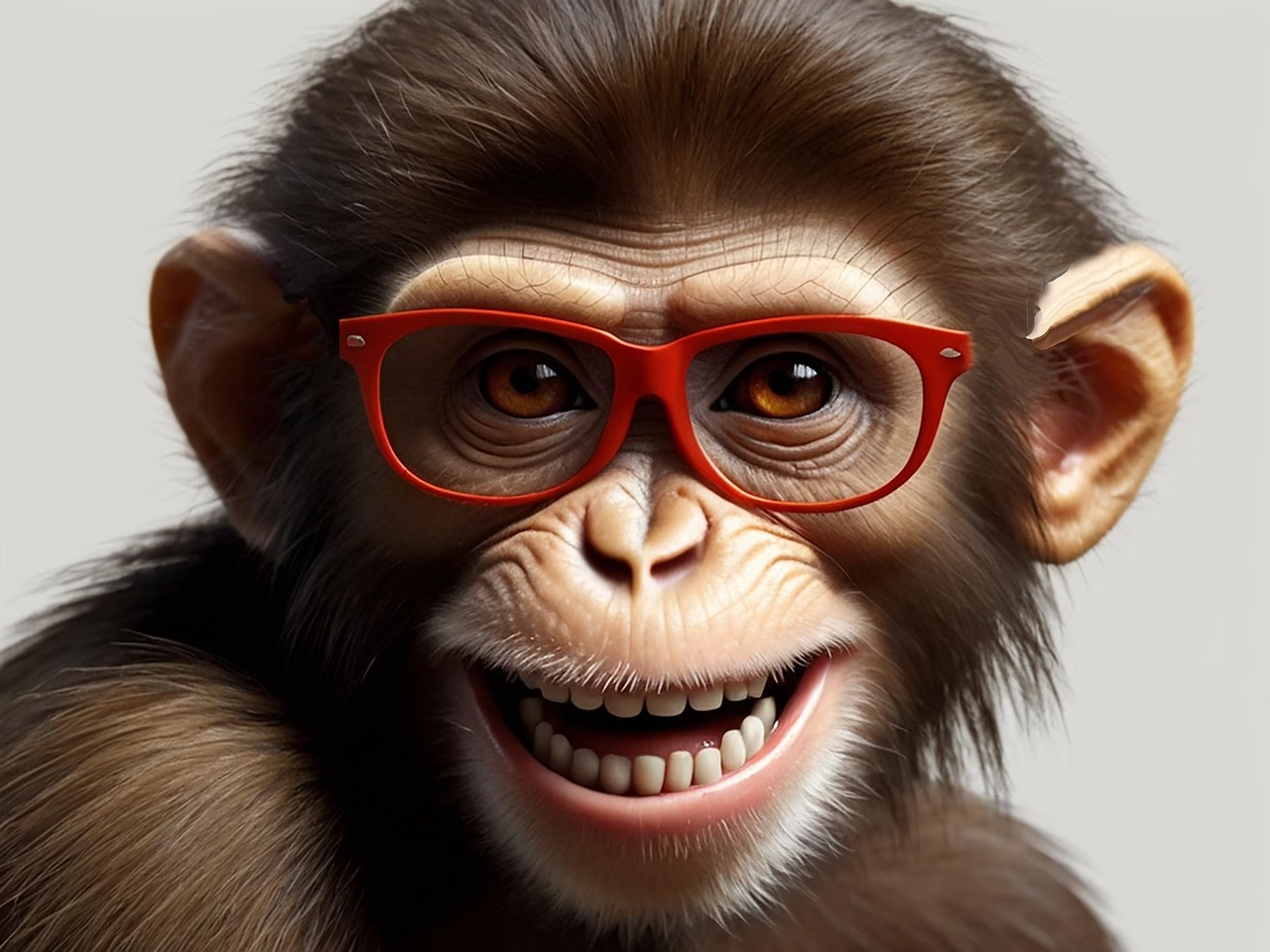“AI and the Art World: How Technology is Shaping Creativity
May 8, 2025 | by Olivia Sharp

AI and the Art World: How Technology is Shaping Creativity and Redefining the Future of Digital Art
In the past few years, the art world has witnessed a revolution like never before – a fusion of traditional creativity with machine intelligence. The intersectionality of art and artificial intelligence (AI) is creating a new epoch in human expression, which is further redefining the future of digital art.
As someone who has spent years exploring the potential of AI, I find this convergence of technology and art both intriguing and transformative. The introduction of AI is reimagining the canvas of creativity, providing artists with new tools to extend their expressions beyond the traditional boundaries.
AI-powered tools like DeepArt and DeepDream have revolutionized the process of art creation. These tools use deep learning algorithms to develop an understanding of style, composition, and color palettes and generate unique pieces of art in a fraction of the time taken by traditional methods.
These AI tools are not just limited to creating new artwork; they are also instrumental in detecting art forgeries. Applications such as ArtRecognition use AI to analyze the authenticity of artwork by comparing them against a database of known works, providing a level of analytical insight that even the most trained human eye may miss.
Artificial Intelligence is not replacing artists, but rather, it is transforming the artistic process and pushing the boundaries of creativity.
Another fascinating AI application in the art world is interactive art installations. The Rain Room, an installation that uses 3D tracking data to ensure visitors stay dry while walking through a downpour, and the Treachery of Sanctuary, a triptych that uses Kinect sensors to interact with human silhouettes, are examples of how AI is transforming the audience’s experience and engagement with art.
The incorporation of AI also offers artists the opportunity to explore and express complex topics, such as privacy and surveillance. Random International’s Swarm Study, for instance, uses AI to mimic the behavior of a swarm, raising fundamental questions about individuality and collective consciousness.
Despite these advances, the integration of AI into the art world is not without controversy. One of the most heated debates revolves around authorship and ownership. With AI generating works of art, questions about who owns the right to these creations and who should be credited as the artist are yet to be satisfactorily resolved.
Furthermore, there is the question of whether AI-generated art can truly be considered art. While this is a subjective issue, it is important to remember that the value of art is not purely determined by the method of its creation. It is the ability to invoke emotion, stir thought, and provoke conversation that defines art. In this regard, AI-generated art has certainly proven its worth.
The integration of AI into the art world is not about replacing human creativity, but rather about extending the possibilities of what can be created.
In conclusion, AI’s impact on the art world is multifaceted. It is transforming the way art is created, experienced, and evaluated. While there are challenges and controversies to address, the potential of AI to enrich the art world is undeniable. As we continue to explore this new frontier, I believe we will witness a further blurring of the lines between human and machine creativity, ushering in a new era of digital art.

RELATED POSTS
View all



